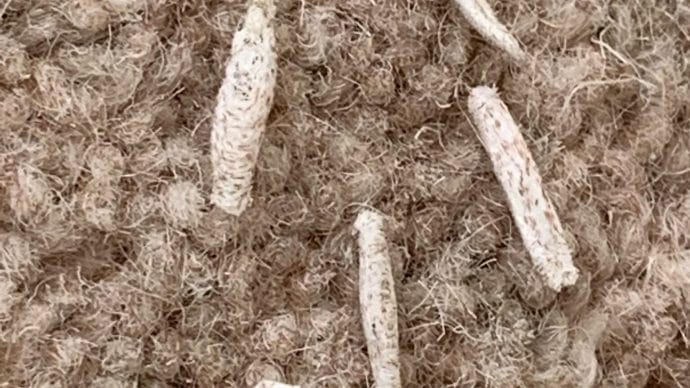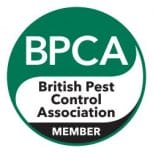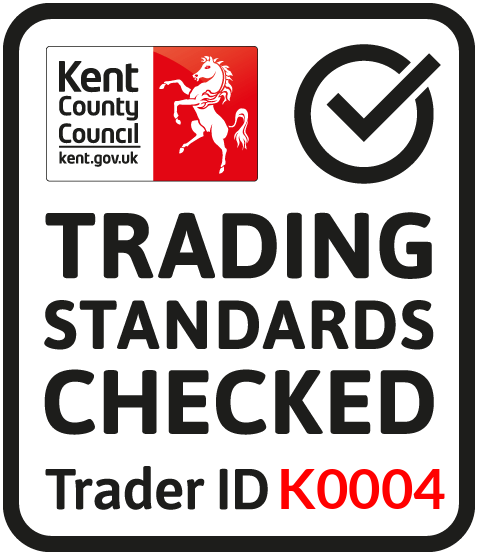Your Local Moth Control Technicians
Despite their size, carpet moths will cause significant damage to your most treasured belongings, eating their way through natural fibres like silk, wool, and cotton. Once they've made their way inside your home, a moth infestation can get out of hand fast, and so can the damage they cause to your soft furnishings and clothing.
Here at Pest-Tech, we carry out moth removals and clothes moth control treatments across Maidstone and the surrounding areas of Kent for homes and businesses. So, if you've noticed signs of moths in your home give us a call today on 01622 296055 or contact us to organise your survey and book your treatment.
Expert Clothes Moth Control Treatments in Kent
To fully remove a moth infestation, it’s vital to kill the pests in all stages of life. DIY control methods are not powerful or invasive enough to do so effectively, which is why it’s vital to use the services of a professional pest control provider. We have the knowledge, experience and access to professional-grade equipment required to remove a full moth infestation with ease.
Here at Pest-Tech, we offer a variety of different moth control solutions, including fumigation and insecticides. Using these methods, we have carried out numerous successful moth control treatments for homes and businesses across Maidstone and the surrounding areas of Kent, including Bearsted, Headcorn, Kings Hill, and Sittingbourne. We can remove carpet moths as well as other species, such as pantry moths, which are a form of stored product insects.
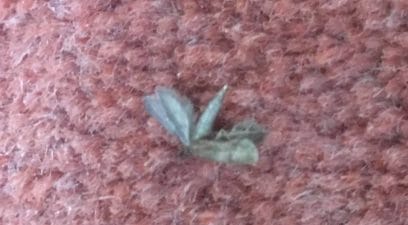
Signs of a Clothes Moth Infestation
Catching a clothes moth infestation early is the easiest way to protect your possessions from extensive damage and prevent the pest problem from becoming out of hand. Unfortunately, they spend most of their time hiding away in your cupboards, so spotting them with your own eyes can be challenging.
Instead, you can look out for the following telltale signs of a moth infestation listed below:
Holes in your Clothes
Perhaps the most obvious sign of moths in your home is finding unexplainable holes in your clothing. Given that they’re named ‘clothes moths’, it shouldn’t come as a surprise that they will nibble their way through your wardrobe in no time at all. Moth larvae need the Keratin protein found in natural fibres to grow into adult moths, and one of the most common places they can find this is in clothing made from silk, wool or cotton.
Webs
Did you know that moth larvae are capable of creating their own spider-like webs? While webs could also be a sign that you’ve got a spider or two living in your home, discovering webs in areas like your wardrobe or linen cupboard is suggestive of a moth infestation.
Damage to Soft Furnishings
It’s not only clothes that are at risk of moths! The name ‘carpet moths’ might give you an inclination about the other objects they like to eat. Read our Are Carpet Moths The Same As Clothes Moths? Blog to understand this topic further. Soft furnishings around your home, including carpets, curtains, cushion covers, blankets, books and more, also contain the vital proteins moths need to survive. So if the fabric appears to be worn in small areas, take another look. Upon closer inspection, you might see it has been eaten away.
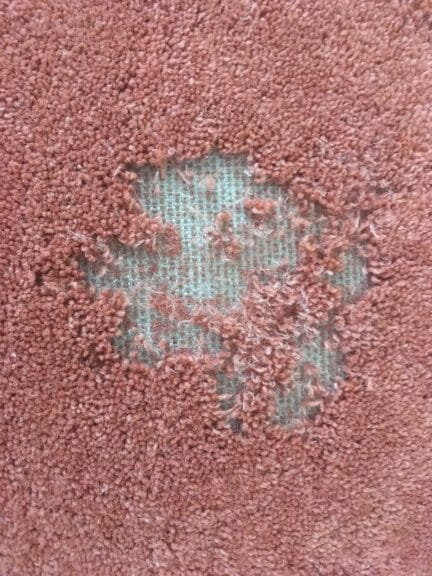
Types of Moths
Moths are an incredibly varied group of insects with over 160,000 species worldwide and an estimated 2,500 moth species in the UK today!
With so many types of moths, we would never be able to cover them all in-depth, so let’s take a look at the two most common types of pest moths that we deal with across Kent: the Clothes Moth and the Carpet Moth.
Clothes Moth
The clothes moth, also known as the Tineola bisselliella, has earned its name from eating clothes; more specifically, eating the protein keratin found in silk, furs, wool, cotton, and even leather. However, only the clothes moth larvae actually eat through your clothing, not the adults.
Clothes moth larvae have the teeth needed to chew through such tough animal fibres, whereas their adult counterparts do not. Unfortunately for you, as they eat their keratin to survive, they also destroy your most treasured items of clothing in the process.
Clothes moths can be tough to find unless you’re looking in the right places as they only tend to measure roughly 6mm in length, while their wingspan can reach up to 16mm. If you do manage to lay eyes upon one, clothes moths can be distinguished from carpet moths thanks to their plain, beige appearance.
They tend to hide away in dark areas, ideally with plenty of food sources available – your wardrobe, for example! Once they’ve made their way into your home, a clothes moth infestation can get out of hand fast as females can lay up to 200 eggs per year. This is why it’s vital to contact us as soon as you first see the signs of their presence on your property by emailing admin@pest-tech.org or calling 01622296055 today.
Carpet Moths
Carpet moths are very similar to clothes moths in numerous ways, although their most significant difference is that they don’t eat clothes! If the name wasn’t enough of a clue, carpet moths eat their way through the soft furnishings in your property, including curtains, bedding and, of course, carpets.
Carpet moths, scientifically referred to as Trichophaga tapetzella, are slightly larger than the clothes moth, with a wingspan measuring up to 18mm across. Their appearance is also significantly different to the clothes moth’s plain look, with a darker body and distinctive dark spots across their bodies. Interestingly, their appearance may be altered by their surroundings; as they eat the threads of your carpet, their slightly transparent bodies begin to blend in.
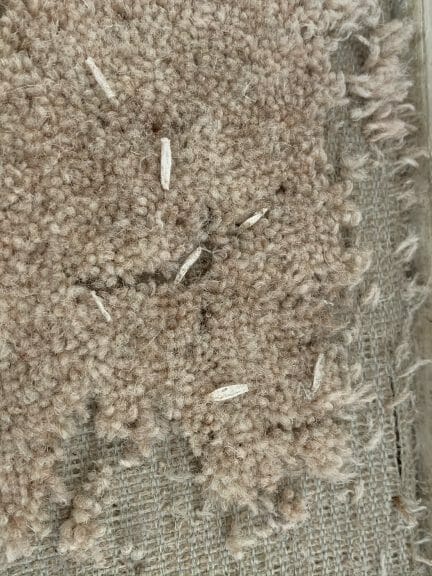
This means it can be rather challenging to spot a carpet moth in your home; however, they do favour dark and warm places, so check your skirting boards and the carpets around your radiators. Similarly to the clothes moth, carpet moths are also capable of reproducing rapidly, so please contact us as soon as you see the signs.
As well as the carpet and the clothes moth, we also offer expert control and removal treatments for the Brown House Moth and the White-Shouldered House Moth. Our team can remove moths at all life cycle stages. Learn more about moth life cycles and how long they live using our guide: How Long Do Moths Live?
Not sure which type of moth is causing you trouble? Our friendly experts can help! Simply speak to your local pest control technician for advice by calling 07542 827121 today.
Commercial Moth Control Services
Moths can also cause problems for local business owners across Kent. Whether you run a small, independent business or a large national company, the last thing you want is moths causing costly damages to your stock and your property. Plus, food production and storage businesses could be at risk of contamination via the pest moths, meaning you could be liable for any damages caused.
Want to protect your stock, stay legally compliant, and protect your brand’s reputation against the black mark of a pest infestation? Then you’re in the right place! At Pest-Tech, our pest control services are available to commercial clients across Maidstone and Kent, including our professional moth control treatments.
If you’ve noticed signs of moths on your business property, then don’t delay. Time is of the essence when it comes to commercial pest control, so contact us today to book your expert moth control service or site survey.
Local Moth Control Near You
Don’t let that moth infestation take over your home or business! Discover the areas we cover today and speak to your local moth control technician on 01622 296055 to book a treatment and protect your clothes and carpets.
Our expert pest control team has carried out numerous moth control treatments in Maidstone, so you know you’re in capable hands. We will carry out a full inspection of the affected area before deciding upon the most appropriate treatment method and removing all evidence of moths from your property.
Check out our glowing reviews at the bottom of the page and contact us to book an appointment today. Our highly effective moth control services are available across Maidstone and the surrounding areas of Kent for both domestic and commercial clients.
Commonly Seen Pests in the Home and Workplace
Rats
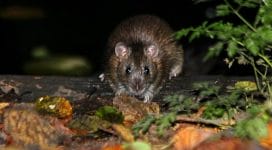
What you need to know about Rats
Mice
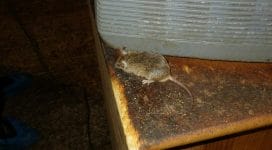
What you need to know about Mice
Wasps
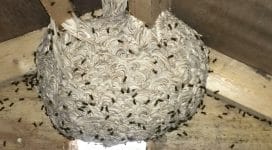
What you need to know about Wasps
Flea Control
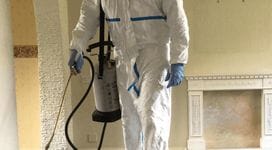
What you need to know about Flea Control
Bed Bugs

What you need to know about Bed Bugs
Squirrels
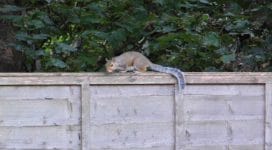
What you need to know about Squirrels
Ant Control
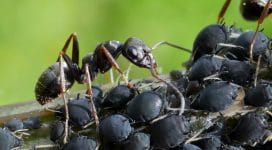
What you need to know about Ant Control
Moles
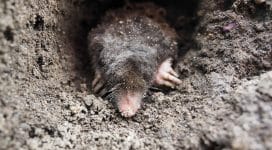
What you need to know about Moles
Bees
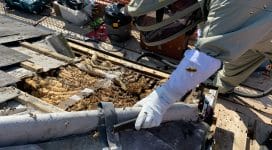
What you need to know about Bees
Pigeon Control
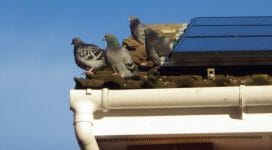
What you need to know about Pigeon Control
Cockroach Control

What you need to know about Cockroach Control
